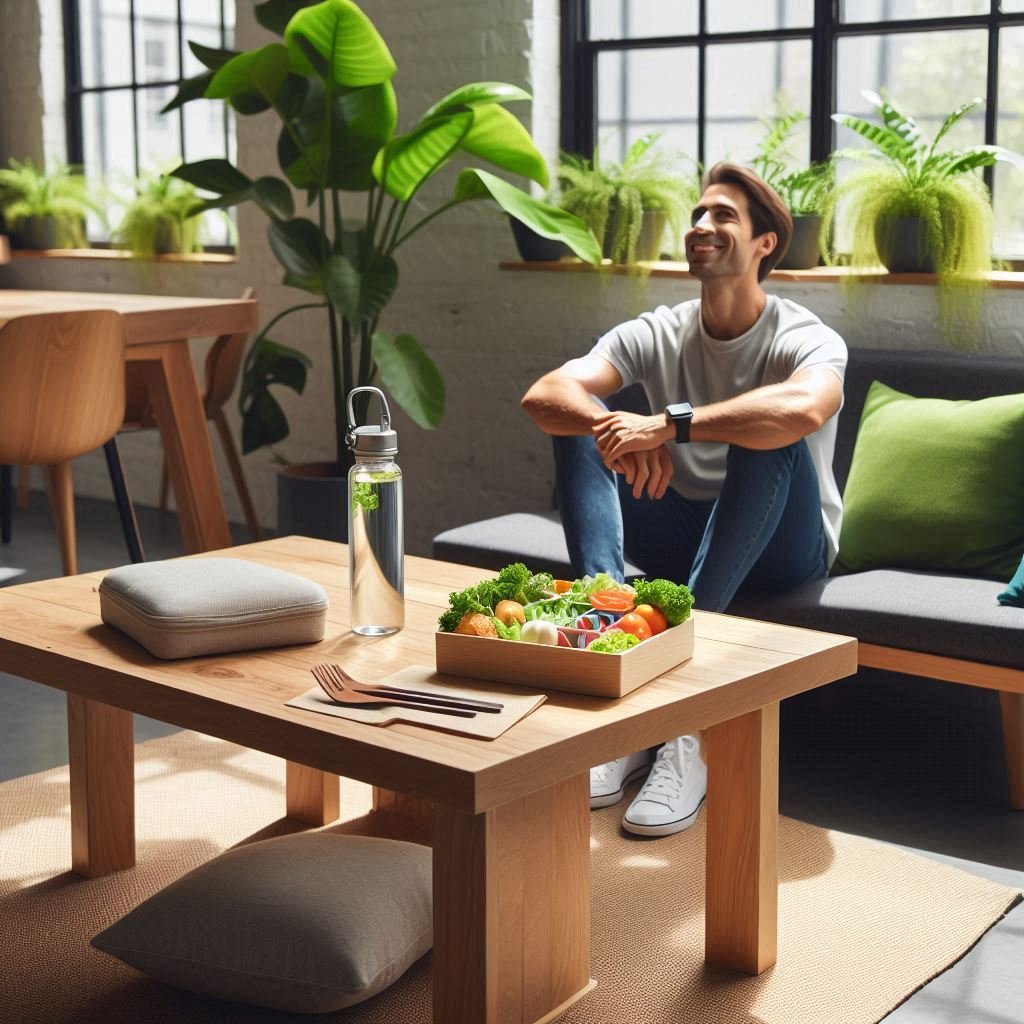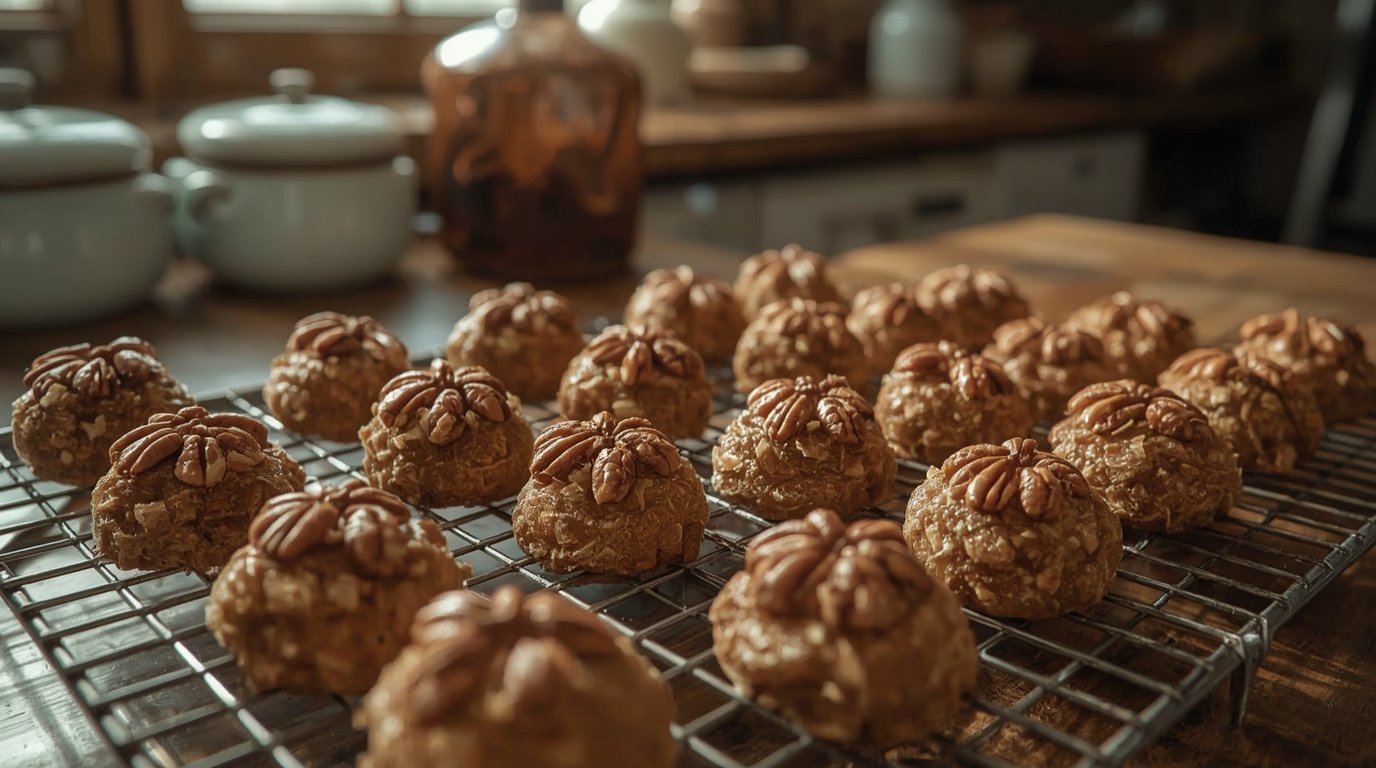Introduction: National Take Back the Lunch Break Day
In today’s hyper-connected, always-on work culture, lunch breaks have become an afterthought. Many employees eat at their desks, skip meals entirely, or rush through lunch to meet deadlines. But research shows that neglecting this midday pause harms productivity, mental health, and physical well-being.
National Take Back the Lunch Break Day, observed annually on June 24, is a movement to reclaim this essential break. It encourages workers to step away from their desks, enjoy a proper meal, and recharge, leading to better focus, creativity, and overall job satisfaction.
What Is National Take Back the Lunch Break Day?
Founded by Tork, a global hygiene brand, this day highlights the importance of taking a full, uninterrupted lunch break. The goal is to shift workplace culture by:
- Encouraging employees to disconnect from work during lunch
- Promoting mindful eating instead of rushed meals
- Advocating for workplace policies that protect break times
- Reducing burnout and improving employee well-being
Why It Matters Now More Than Ever about National Take Back the Lunch Break Day
With remote work blurring the lines between office and home, many employees feel pressured to work through lunch. However, studies prove that skipping breaks leads to:
- Lower productivity (diminished focus & efficiency)
- Increased stress & burnout
- Poor digestion & weight gain (due to rushed or unhealthy eating)
- Reduced creativity & problem-solving ability
A well-structured lunch break, on the other hand, boosts energy, enhances mood, and improves long-term health.
The Science Behind Lunch Breaks: Why You Need One (National Take Back the Lunch Break Day)
1. Improves Focus & Productivity
- A University of Illinois study found that brief mental breaks restore focus and prevent decision fatigue.
- Employees who take lunch breaks report higher job performance and better time management.
2. Reduces Stress & Enhances Mental Health
- Stepping away from work lowers cortisol levels (the stress hormone).
- A 2023 study linked regular lunch breaks to lower anxiety and depression rates.

3. Boosts Physical Health
- Eating while distracted leads to overeating and poor digestion.
- Taking time to chew food properly improves nutrient absorption.
- Walking after lunch aids blood sugar control and reduces heart disease risk.
4. Strengthens Workplace Relationships
- Social lunch breaks improve team collaboration and morale.
- Employees who eat together report higher job satisfaction.
How to Celebrate National Take Back the Lunch Break Day (2025)
1. Step Away from Your Desk (Completely!)
- No “working lunches” close your laptop and silence notifications.
- Change your environment eat outside, in a break room, or at a nearby café.
2. Eat Mindfully for Better Digestion & Enjoyment
- Avoid screens no emails, social media, or news.
- Chew slowly and savor flavors to prevent overeating.
- Choose nutrient-rich meals (protein, fiber, healthy fats) for sustained energy.
3. Move Your Body
- A 10-15 minute walk after eating improves digestion and energy levels.
- Stretching or light yoga can reduce muscle tension from sitting.
4. Socialize (In-Person or Virtually)
- Dine with coworkers to strengthen team bonds.
- Call a friend or family member for a mental reset.
5. Advocate for Better Break Policies at Work
- Share lunch break benefits with HR or management.
- Suggest “No-Meeting Lunch Hours” to protect break times.
- Lead by example, take your full break and encourage others to do the same.
The Bigger Picture: National Take Back the Lunch Break Day
Companies that prioritize employee breaks see:
✔ Higher retention rates
✔ Lower absenteeism
✔ Increased creativity & innovation
Countries like Spain (siesta culture) and Sweden (fika breaks) emphasize midday rest, leading to happier, more productive workforces.
🥪 Fun Facts About National Take Back the Lunch Break Day Around the World
Lunch breaks aren’t just a pause in the workday, they reflect the culture and work-life values of each country. While some nations treat lunch as a fast snack between meetings, others see it as a sacred time to relax, recharge, and connect with others. Here are some fascinating global insights into how the world enjoys its midday meal:
United States: The Land of the Working Lunch
According to a study by Tork, only 1 in 5 American workers take a full lunch break. Many employees eat at their desks or skip lunch altogether in an effort to stay productive. Unfortunately, this often leads to decreased focus and higher burnout rates. National Take Back the Lunch Break Day seeks to change this mindset by encouraging U.S. workers to reclaim their right to rest and refuel.
France: Lunch Is a Legal Right
In France, lunch is taken seriously and legally. Labor laws in many sectors guarantee a 1-hour lunch break to ensure workers have adequate time to step away from their tasks. French workplaces often shut down completely during lunch, allowing employees to enjoy fresh meals and social time without interruption. It’s a daily ritual that emphasizes balance, nutrition, and mental health.
Japan: Nap Time at Noon
Japan takes a different approach. In some offices, employees are encouraged to take short naps during their lunch break, a practice known as “hirune.” These naps, typically 15–30 minutes long, are believed to boost afternoon focus, reduce stress, and even improve decision-making. Japanese work culture increasingly supports mindful rest as a path to higher productivity.
Italy: The Midday “Riposo” Tradition
In many Italian towns, lunch is not rushed. The traditional “riposo” includes a long, relaxed lunch followed by a break, often involving short-term closures of shops and businesses in the afternoon. This time is used to enjoy meals with family, rest, or socialize, especially in smaller cities and rural areas. It reflects a cultural emphasis on slow living and personal well-being.
Brazil: A Social Midday Feast
In Brazil, lunch is often considered the main meal of the day and is usually enjoyed with family, friends, or coworkers. Typical lunch breaks last 1 to 2 hours, especially in smaller cities and traditional workplaces. Meals often include rice, beans, meat, and salad, and many businesses offer extended lunch hours to support this cultural norm. Brazilians value this time not just for eating, but also for connecting and slowing down in the middle of a busy day.
National Patch Day: How One Simple Patch Can Make a Big Difference (June 24)
Germany: Efficient Yet Uninterrupted
German workers tend to be highly focused and efficient, and their lunch breaks reflect this. Although lunch breaks are usually shorter (30–60 minutes) compared to Southern Europe, they are respected. Most Germans leave their desks during break time, and it’s common for teams to eat together in cafeterias or quiet lunch rooms. Employers often discourage eating while working, promoting clear separation between work and rest.
India: Tiffin Culture and Home-Cooked Meals
In India, lunch is deeply rooted in tradition, with many people enjoying home-cooked meals during their break. The famous tiffin delivery system, especially in cities like Mumbai, brings thousands of hot, homemade lunches from workers’ homes to their offices every day. Lunch breaks vary by industry and region but often include 30–60 minutes for eating and resting. Indian lunch culture blends nourishment, comfort, and family connection, even at work.
Sweden: The “Fika” Culture of Pausing
In Sweden, while lunch breaks are typically around 30 to 60 minutes, what truly sets their workplace culture apart is the tradition of “fika.” Although fika is more of a coffee break, it’s often paired with light meals or snacks and serves as a social pause during the workday. Many Swedes enjoy fika either before or after lunch, using the time to unwind and chat with colleagues. This emphasis on regular breaks and well-being contributes to Sweden’s reputation for strong work-life balance and happy, productive employees.

🌎 A Global Call to Pause
While lunch culture varies, one theme is clear: taking a real break benefits both workers and organizations. From mandated rest in France to power naps in Japan, these global traditions highlight how pausing midday can recharge both body and mind. As the world becomes more digitally connected and workdays blur, adopting healthier lunch habits like those celebrated on National Take Back the Lunch Break Day can help restore balance and long-term productivity.
🙋♀️ Frequently Asked Questions About National Take Back the Lunch Break Day
❓ What is National Take Back the Lunch Break Day?
It’s an annual observance on June 24 that encourages employees to prioritize taking a proper lunch break away from work tasks to improve health and productivity.
❓ Why is taking a lunch break important?
Lunch breaks help reduce stress, improve focus, increase energy, aid digestion, and promote better work-life balance.
❓ How long should a lunch break be?
Experts recommend taking at least 30 minutes to an hour to eat mindfully and rest before returning to work.
❓ How can workplaces support lunch breaks?
Employers can create policies that discourage working lunches, encourage breaks away from desks, and foster a culture valuing employee well-being.
❓ Can taking a lunch break boost productivity?
Yes! Studies show employees who take breaks perform better, have higher creativity, and are less prone to burnout.
🛍️ Temu Products to Enhance Your Lunch Break
- Insulated Lunch Bag — Keeps your meal fresh and at the right temperature. Search: “insulated lunch bag”
- Reusable Bento Box — Stylish and eco-friendly container for portioned meals. Search: “bento box”
- Portable Utensil Set — Compact and perfect for eating on the go or at the office. Search: “portable cutlery set”
- Thermal Water Bottle — Keeps your drink hot or cold throughout the day. Search: “thermal water bottle”
- Comfortable Office Chair Cushion — To support good posture during breaks and work. Search: “ergonomic chair cushion”
Final Thoughts: Make Every Lunch Break Count
This June 24, 2025, commit to taking back your lunch break, not just for one day, but as a daily habit. Your brain, body, and career will thank you.
Join the Movement!
- #TakeBackLunch on social media
- Challenge coworkers to unplug during lunch
- Share this article to spread awareness
A proper lunch break isn’t a luxury, it’s a necessity for a healthier, happier, and more productive work life.






Leave a Reply